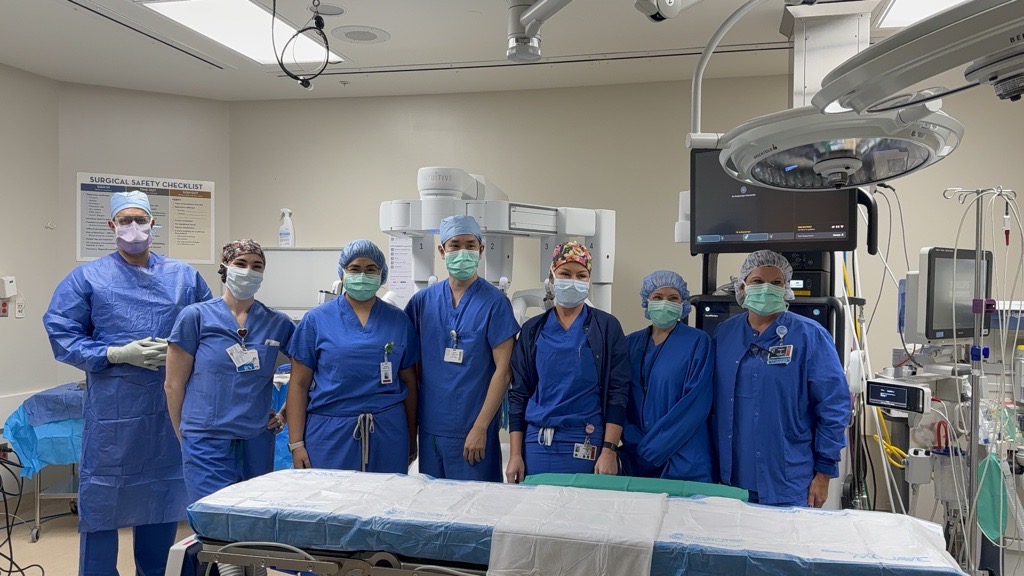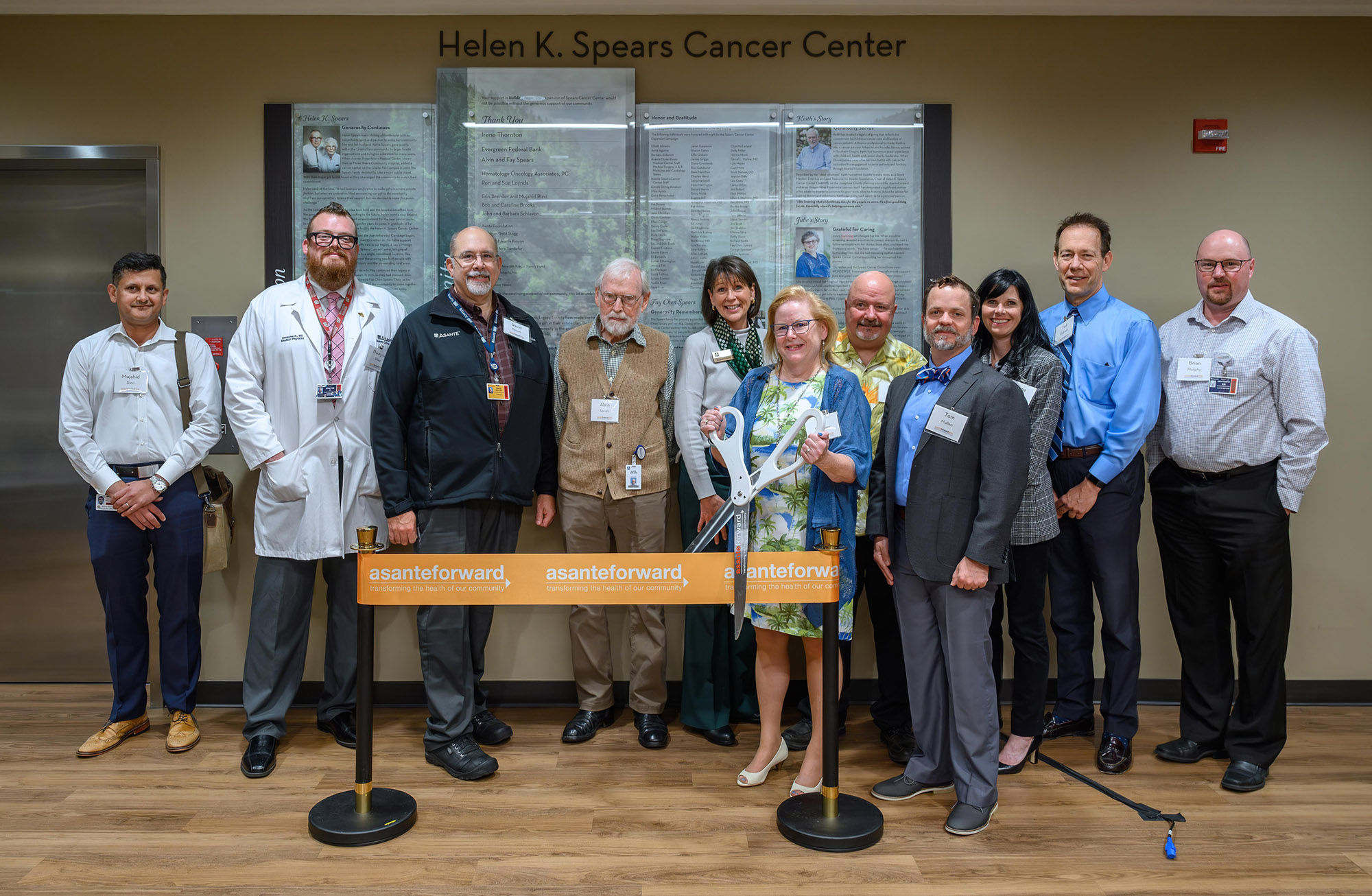Summer’s here!
Time to get out and enjoy the warm sunshine before it inevitably gets shrouded in smoke as the forests burn. As the spring rains fade and clouds roll back, let’s make sure that your skin doesn’t burn too. While you’re at it, check for skin cancers.
Skin is the largest organ of the body and the first barrier of defense of our innards to the outside world. Inevitably, it is the organ that is constantly exposed to the sun. Sunlight feels great—it helps with our mood and helps us produce vitamin D. However, too much sun can be a problem. Ultraviolet radiation in sunlight and tanning beds damages our skin cells, and over time this damage can accumulate into cancer. This is particularly true for people with fair skin who burn easily.
There are three main types of skin cancers—squamous cell carcinoma, basal cell carcinoma, and melanoma. UV damage is the main risk factor for all three. Of these, the first two are often not a threat to life and are typically cured by getting them removed. Melanoma, however, is the most life-threatening, having the ability to spread all over the body.
If caught early, melanoma can be cured with a simple surgery, with a 99% survival rate at five years. If it has spread nearby, that 5-year survival rate drops down to 68%. If it has spread far, it drops even further to 30%. Because of this, it is very important to catch them early.
What do melanomas look like? Melanomas are derived from skin cells that produce pigment. They can just appear out of normal skin or develop out of a pre-existing mole, and often look like an abnormal mole. Warning signs for melanoma can be summed up by the ABCDE rule:
- Asymmetry. One half looks different than the other.
- Border. Irregular, blurry borders.
- Color. Different shades of colors inside the same lesion—brown, bluish, red, white.
- Diameter. 6mm (about 0.24 in) or greater (size of a pencil eraser).
- Evolution. A mole that has started changing.
We see a lot of melanomas in our community. Stories vary between patients, but the most common thread I see is evolution. A mole that grew, changed color, got itchy, bled, or developed a scab. These often prompt a biopsy, which then lands them in the surgeon’s office. Many are caught by their spouses in hard-to-see spots (e.g., upper back, back of legs, scalp). While many cases are caught early, some have spread far by the time they are diagnosed.
The tricky part with melanomas is that they often don’t look scary. They are sized by fractions of a millimeter. A deep, advanced melanoma will be smaller than your pinky nail. It can be hard to imagine how something that small can be life-threatening, but the threat to life is the internal spread that you can’t see from the outside.
There is also a wide age range for our melanoma patients. While most melanoma patients are over 50, we also see melanomas in patients in their twenties. Sun damage early in life is a large risk factor for melanoma development (i.e., sunburns in the teenage years), so sensible behavior should be encouraged early to minimize this risk. Seek shade, avoid the heat of the day, use 30-plus SPF sunscreen, wear hats, wear hats, war sun-protective clothing.
If you have a spot that concerns you for melanoma, go get it checked out and biopsied. A skin biopsy is a simple and straightforward process and could save your life.
Esting Yang, MD, MPH is a general surgeon specializing in all areas of general and endoscopic surgery with Asante General and Colorectal Surgery – Grants Pass. As a general surgeon, Dr. Yang strives to provide excellence in surgical care for the patients of Grants Pass. This means mastering surgical technique for complex problems, staying current for surgical research and technological advances, and providing these services for his patients. He studied Public Health in South Africa, and his research focused on the disparities of care for surgical patients according to social and economic factors. He believes that rural patients should have access to top-notch surgical care. Call (541) 507-2110 for an appointment.









